Do Cat Water Fountains Get Moldy? Exploring the Possibility of Mold Buildup in Cat Water Fountains
|
|
Time to read 8 min

UAHPET Stainless Steel Self-Cleaning Cat Litter Box
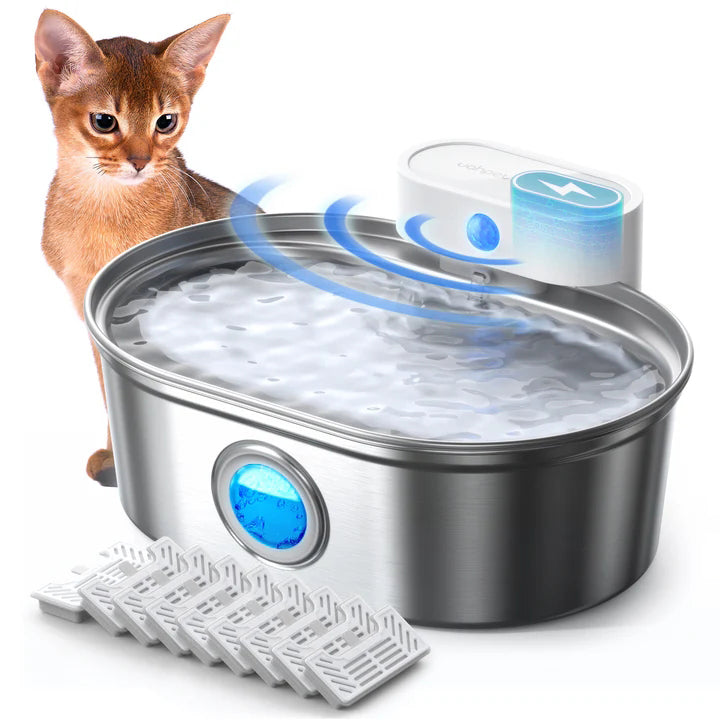
UAHPET 2025 Upgrade Visible Stainless Steel Cat Water Fountain Pro
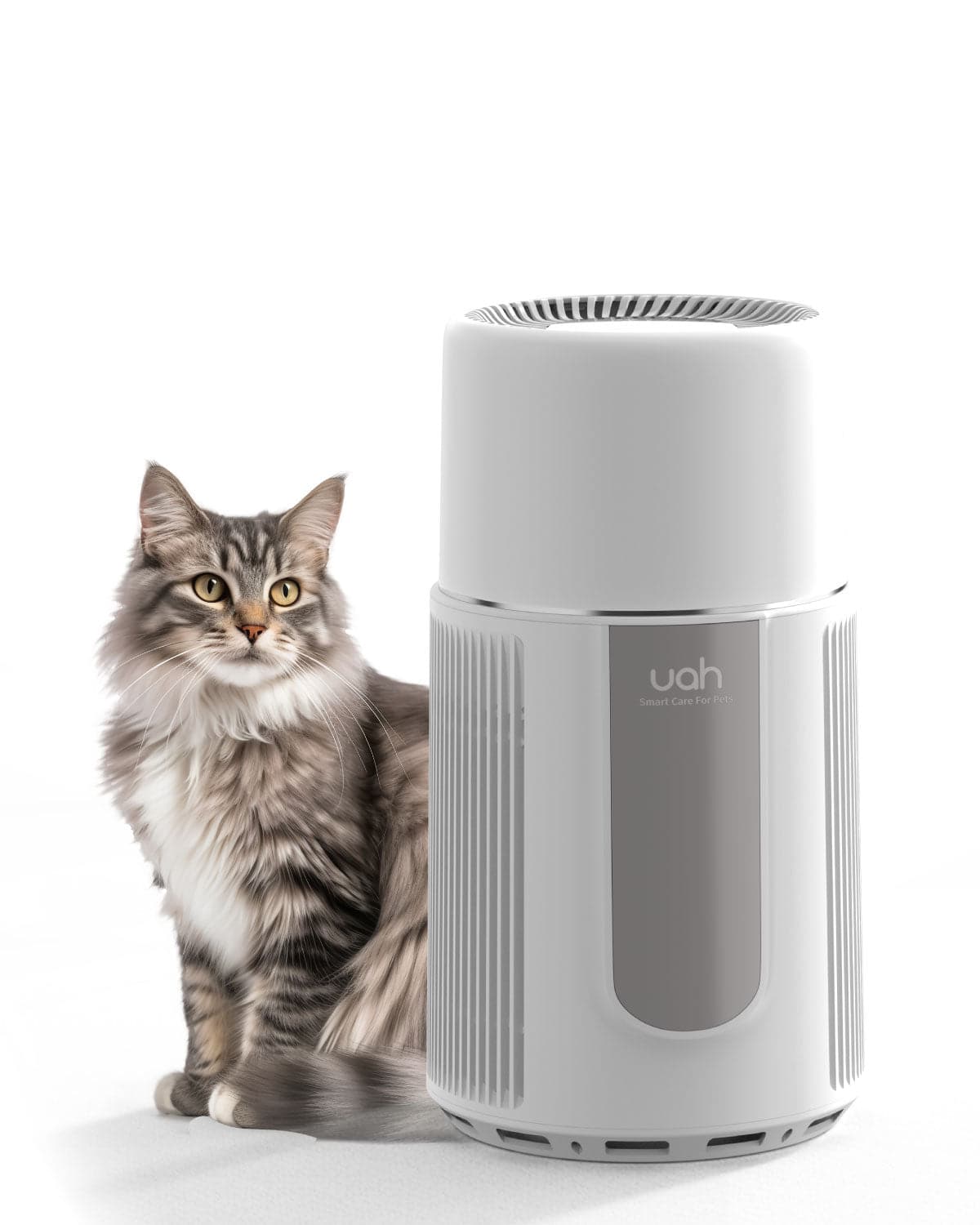
Uah Pet Air Purifier
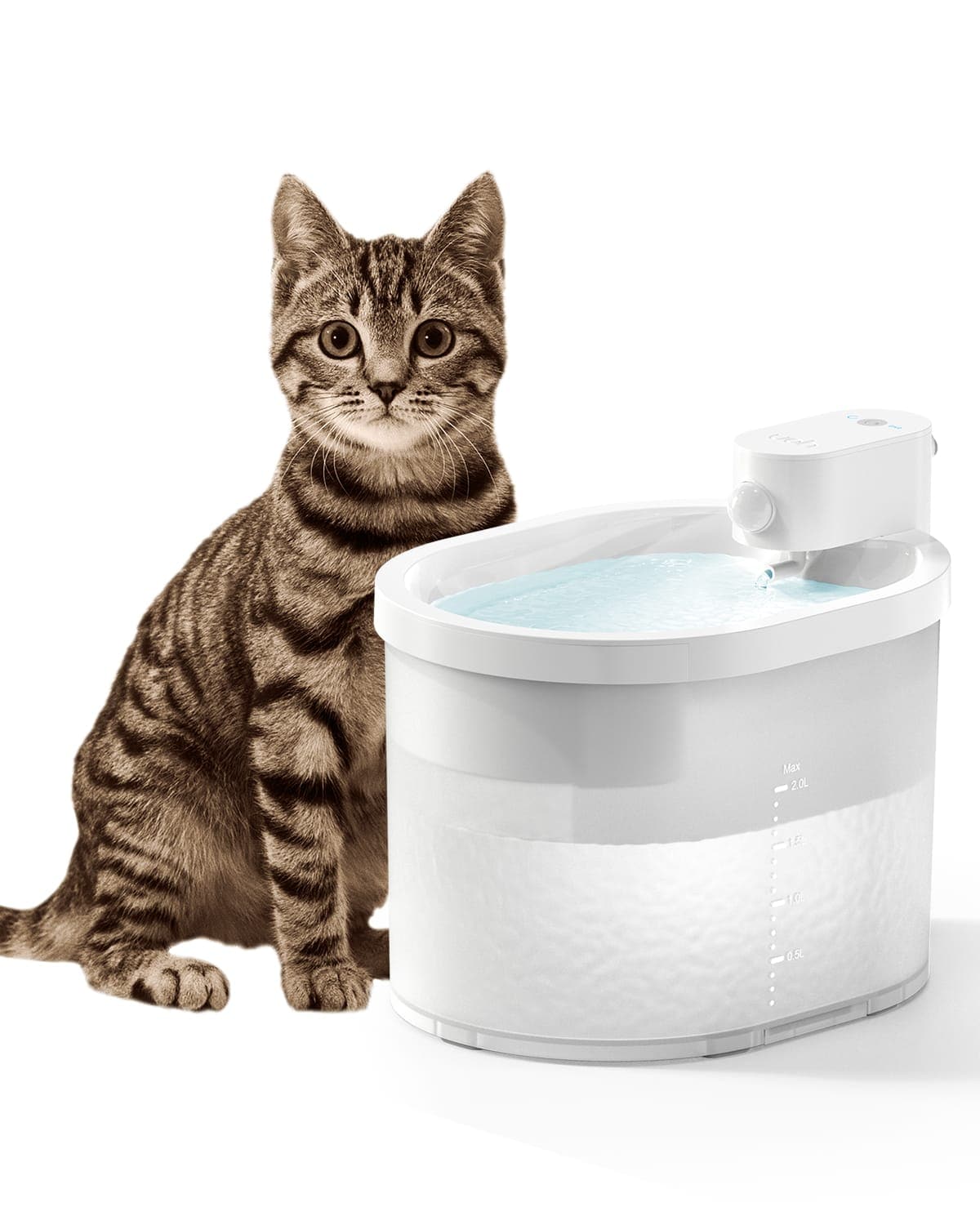
Uah Pet ZERO Wireless And Automatic Cat Water Fountain
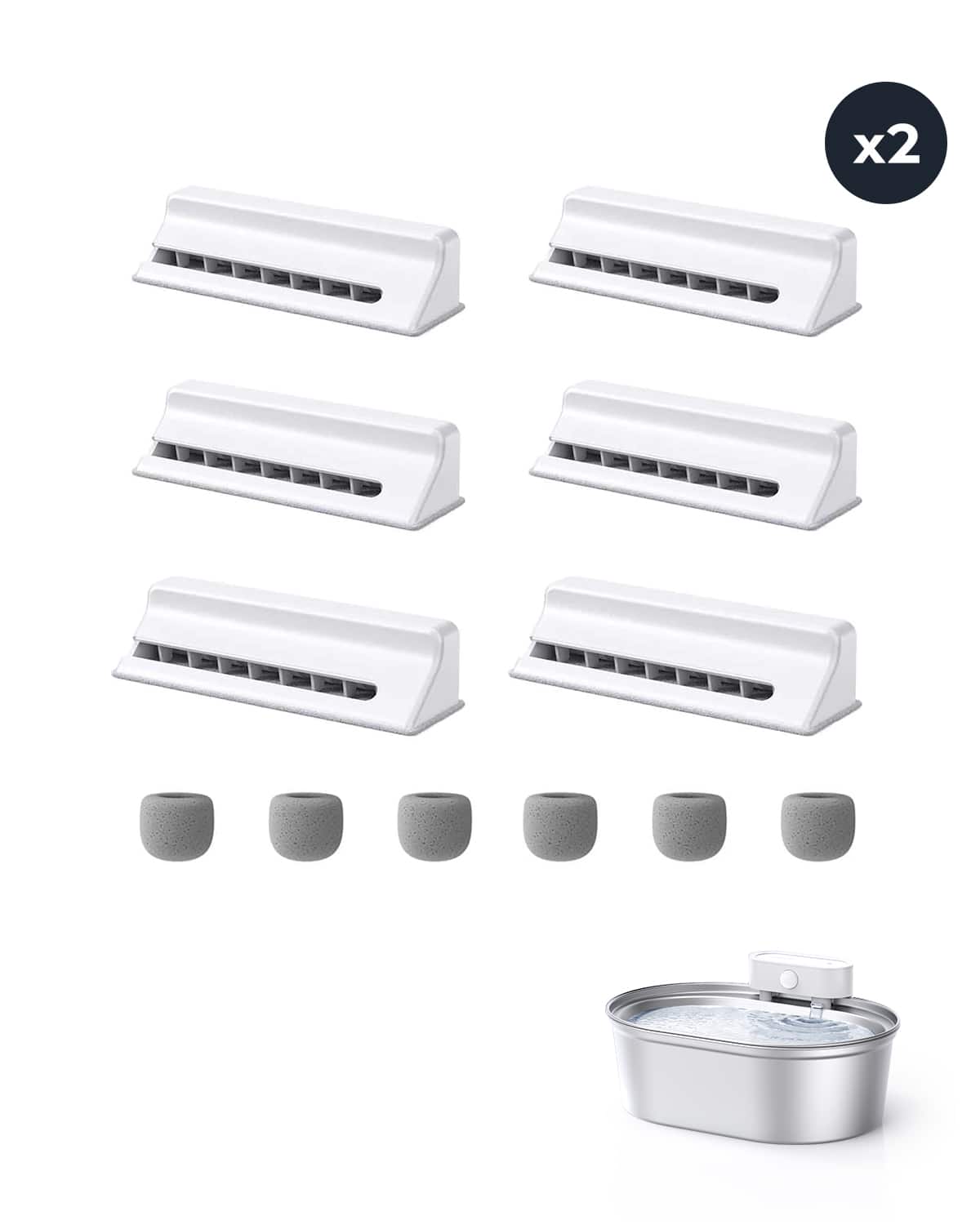
12 pcs Replacement Filter for Stainless Steel Wireless Pet Water Fountain
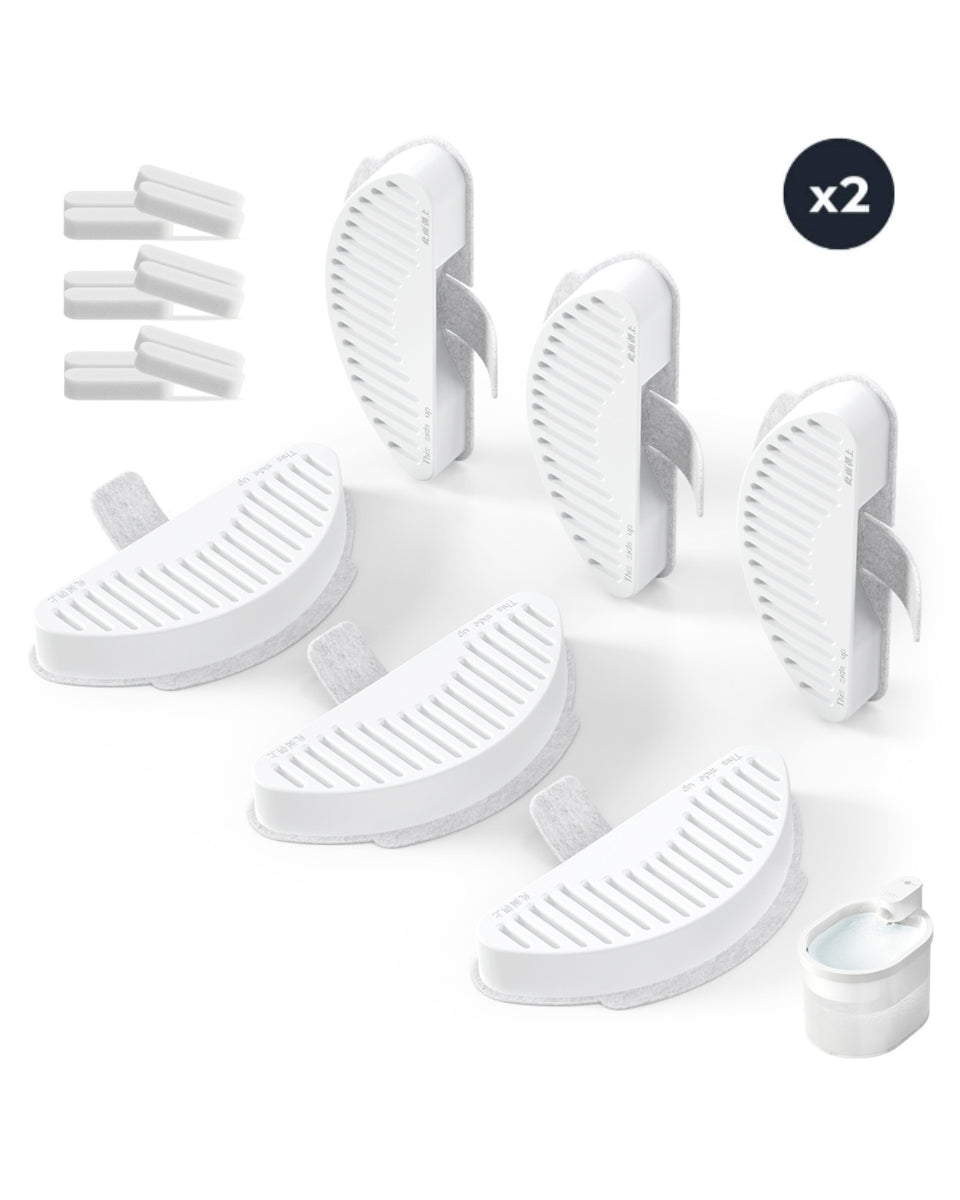
12 pcs Uah Pet Replacement Filter for ZERO Cat Water Fountain
|
|
Time to read 8 min
Cat water fountains are a popular way to keep our feline friends hydrated and happy. However, one question that often arises is whether these fountains can get moldy. The short answer is yes, cat water fountains can get moldy, but the good news is that there are steps you can take to prevent this from happening.
Understanding Cat Water Fountains Cat water fountains are designed to provide a continuous flow of fresh water, which can be more appealing to cats than stagnant water in a bowl. They typically consist of a pump, a filter, and a reservoir that holds the water. While these fountains can be a great addition to your cat's life, they do require regular maintenance to keep them clean and prevent the growth of mold.
Factors Contributing to Mold Growth Mold can grow in any moist environment, and cat water fountains are no exception. Factors that can contribute to mold growth in these fountains include the quality of the water, the type of filter used, the frequency of cleaning, and the location of the fountain. Mold can not only be unsightly but can also be harmful to your cat's health, so it's important to take steps to prevent it from growing in your cat's water fountain.
Cat water fountains can get moldy, but regular cleaning and maintenance can prevent this from happening.
Factors that contribute to mold growth in cat water fountains include the quality of the water, the type of filter used, the frequency of cleaning, and the location of the fountain.
Preventing mold growth in cat water fountains is important for both the appearance of the fountain and the health of your cat.
Cat water fountains are becoming increasingly popular among pet owners as they provide a continuous flow of fresh and clean water to cats. These fountains come in different types, materials, and sizes, and offer several benefits to both cats and their owners.
Cat water fountains are devices that provide a continuous flow of water for cats to drink. They contain a pump that circulates the water through a filter, removing impurities and debris, and releasing it back into the bowl. This process ensures that the water is always clean and fresh, which encourages cats to drink more water and stay hydrated.
Cat water fountains offer several benefits to both cats and their owners. Some of these benefits include:
Encourages cats to drink more water, which helps prevent dehydration and urinary tract infections.
Provides a continuous flow of clean and fresh water, which helps improve the taste and smell of the water, making it more appealing to cats.
Reduces the risk of mold and bacteria growth in the water bowl, which can cause health problems for cats.
Reduces the frequency of water bowl refills, which saves time and effort for pet owners.
There are different types of cat water fountains available in the market, and each type has its own unique features and benefits. Some of the most popular types of cat water fountains include:
Plastic Cat Water Fountains: These fountains are affordable, lightweight, and easy to clean. However, they are not as durable as other materials, and may not be suitable for cats with sensitive skin.
Ceramic Cat Water Fountains: These fountains are aesthetically pleasing, durable, and easy to clean. They are also suitable for cats with sensitive skin, as they do not contain harmful chemicals. However, they are heavier and more expensive than plastic fountains.
Stainless Steel Cat Water Fountains: These fountains are durable, easy to clean, and resistant to scratches and stains. They are also suitable for cats with sensitive skin, as they do not contain harmful chemicals. However, they are more expensive than plastic fountains.
Related Posts:
How Does a Wireless Cat Water Fountain Work? A Clear Explanation
Stainless Steel, Ceramic, or Plastic Cat Water Fountain: Which is the Best?
UAHPET vs Petlibro Water Fountain: Which One is Better for Your Pet's Hydration Needs?
Best Cat Water Fountain for Multiple Pets: Top Picks for Hydrated Felines
Cat water fountains are a great way to ensure that your feline friend has access to fresh and clean water at all times. However, if not properly maintained, they can become a breeding ground for mold and other harmful bacteria. Here are some factors that contribute to mold growth in cat water fountains:
Mold thrives in moist and warm environments, and cat water fountains provide the perfect conditions for mold to grow. The following factors can contribute to mold growth in cat water fountains:
Lack of regular cleaning
Stagnant water
Presence of food particles
Warm and humid environment
Regular cleaning is crucial in preventing mold growth in cat water fountains. It is recommended to clean the fountain at least once a week, and more frequently if the water is consumed quickly or if there are multiple cats using the fountain. Cleaning should involve disassembling the fountain, scrubbing all parts with soap and water, and rinsing thoroughly.
Stagnant water and food particles can also contribute to the growth of mold in cat water fountains. It is important to ensure that the fountain is always filled with fresh water, and any uneaten food is removed promptly. Additionally, some cat water fountains come with filters that can help remove impurities and prevent mold growth.
By taking these factors into consideration and properly maintaining your cat water fountain, you can ensure that your cat has access to clean and fresh water at all times.
Related Posts:
Cat water fountains are a great way to keep your feline friends hydrated and happy. However, they can also be a breeding ground for mold if not properly maintained. Here are some tips to help prevent mold growth in your cat water fountain.
Prevention is key when it comes to mold growth in cat water fountains. One of the easiest ways to prevent mold is to use a fountain with a removable, dishwasher-safe bowl. This makes it easy to clean and disinfect the bowl on a regular basis.
Another prevention tip is to use filtered water in your cat water fountain. This can help reduce the amount of bacteria and other contaminants in the water, which can lead to mold growth.
Regular cleaning is essential to prevent mold growth in cat water fountains. It is recommended to clean the fountain at least once a week, or more frequently if you have multiple cats or the fountain is used frequently.
To clean the fountain, first, unplug it and disassemble the parts. Then, wash the bowl, pump, and other parts in hot, soapy water. Rinse thoroughly and let dry completely before reassembling.
When cleaning your cat water fountain, it is important to use cat-friendly cleaning solutions. Avoid using harsh chemicals or soaps that can be harmful to your cat's health.
One of the best cat-friendly cleaning solutions is white vinegar. Simply mix equal parts white vinegar and water and use this solution to clean the fountain. Vinegar is a natural disinfectant and can help prevent mold growth.
By following these prevention tips, regularly cleaning your cat water fountain, and using cat-friendly cleaning solutions, you can help prevent mold growth and keep your cat healthy and hydrated.
Related Posts:
After conducting research and analyzing the various cat water fountains on the market, it is clear that mold growth is a common issue. However, with proper maintenance, this issue can be avoided. It is important to regularly clean and replace the filter in the cat water fountain to prevent mold growth.
One cat water fountain that stands out is the Uahpet cat water fountain. This fountain has a unique design that prevents mold growth and promotes better health for cats.
The Uahpet cat water fountain has a three-layer filtration system that removes impurities and debris from the water. The fountain also has a UV-C light that kills bacteria and prevents mold growth.
The fountain's design is also beneficial for cats. The flowing water encourages cats to drink more water, which can prevent urinary tract infections and other health issues. The Uahpet cat water fountain is also quiet and has adjustable water flow settings, making it customizable to a cat's preferences.
Overall, the Uahpet cat water fountain is a great option for cat owners who want to provide their cats with clean and healthy water. With its unique design and filtration system, cat owners can rest assured that their cats are drinking safe and clean water.
To prevent mold growth in your cat's water fountain, it is important to clean it regularly. This includes disassembling the fountain and cleaning each component thoroughly with soap and water. Additionally, it is recommended to use a pet-safe cleaning solution or white vinegar to disinfect the fountain. It is also important to change the water frequently and keep the fountain in a well-ventilated area.
Cat water fountains made of ceramic or stainless steel materials are less likely to develop mold compared to plastic fountains. Ceramic materials are non-porous, making it difficult for mold to grow. Stainless steel is also a non-porous material and is easy to clean.
Yes, it can be harmful for your cat to drink water from a moldy fountain. Mold can cause respiratory issues, allergies, and other health problems in cats. It is important to clean the fountain regularly and avoid letting mold grow.
The signs of mold in cat water fountains include a musty odor, discoloration or dark spots on the fountain, and slime or film on the surface of the water. To address mold growth, disassemble the fountain and clean each component thoroughly with soap and water. Use a pet-safe cleaning solution or white vinegar to disinfect the fountain. If the mold growth is severe, it may be necessary to replace the fountain.
The water in a cat fountain should be changed at least once a day to maintain cleanliness. This will help prevent the growth of bacteria and mold. If the fountain is used frequently, it may be necessary to change the water more frequently.
Yes, leaving a cat water fountain running constantly can lead to mold issues. The constant flow of water can create a moist environment that is ideal for mold growth. It is important to clean the fountain regularly and change the water frequently to prevent mold growth.
